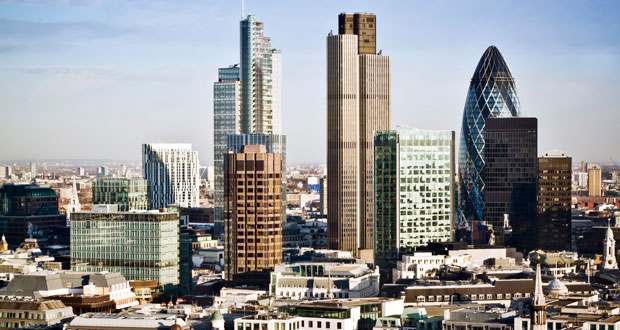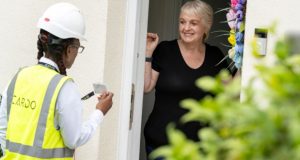JLL’s latest research “Opportunity through obsolescence,” has revealed that of the 776 million square metres of existing office space across 66 markets globally, about half of that space, or 322-425 million square metres, is likely to require substantial investment to remain viable in the near term – an investment of approximately $933 billion-$1.2 trillion in spending.
The report suggests proactive engagement to retrofit and update existing assets will be key to unlocking opportunities for value creation through strategic investment and adaptation, particularly in the US and Europe, where 78 per cent of office product and 83 per cent of necessary capex is found.
“The commercial real estate landscape is at a turning point as property owners and cities look to establish long-term viability of existing buildings and districts, in the face of evolving experiential and spatial preferences, increasing regulatory pressures, climate risk and changes in real estate demand,” said Cynthia Kantor, CEO, Project & Development Services, at JLL. “By proactively assessing and addressing outdated and at-risk buildings, owners can unlock significant value, create a more sustainable, resilient built environment and drive future returns.”
“The full potential of existing assets, both those nearing the end and earlier in their lifecycle, can only be realized through collaboration between stakeholders and by considering how various levels of obsolescence interact,” added Phil Ryan, Research Director at JLL. “Owners and cities should assess how their portfolios holistically fit into their respective built environments and how a variety of factors contribute to their ability to respond to changing locational preferences and new sustainability and development regulations to create future value.”
Although there is no one measurement to calculate near-term stranding risk, building age tends to correlate best with the ability to meet tenant, investor and sustainability requirements along with the rate of occupancy and rent growth. In addition to significant capital needs, building age also contributes to an uneven distribution of capital investment required to keep at-risk buildings viable.
The report notes that public authorities making conscious efforts to focus on both high-level regeneration and small-scale reparative approaches are already beginning to prove advantageous. In the City of London, intense demand for prime office space is being met through strong development activity that not only consolidates commuter footfall but also places great weight on user experience. Streetscape improvements to reduce car traffic, activating office lobbies with arts and cultural spaces, and experiential spaces such as observation decks in new developments all help to create a stimulating environment even outside of working hours.
Click here to read the full report.





